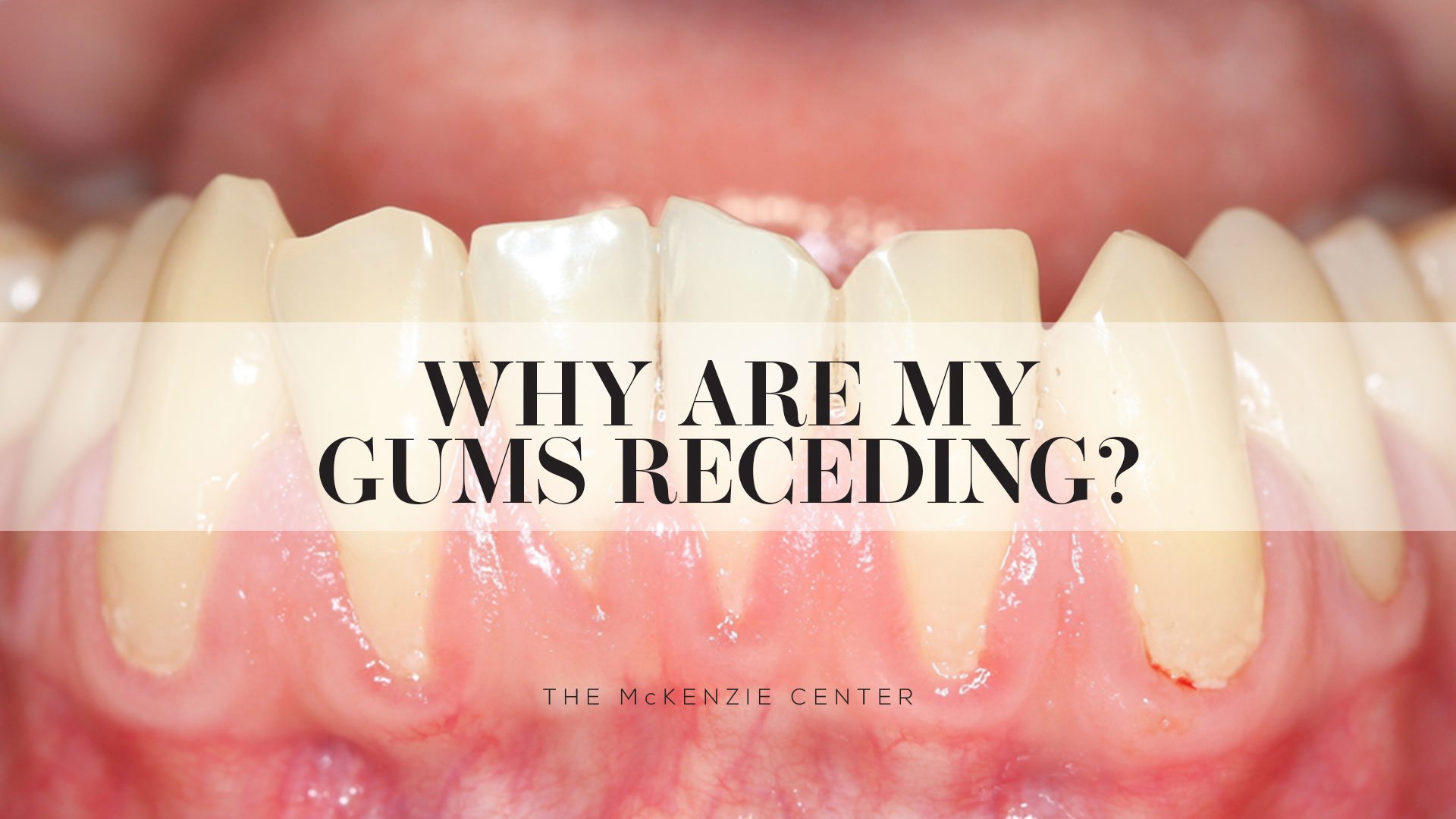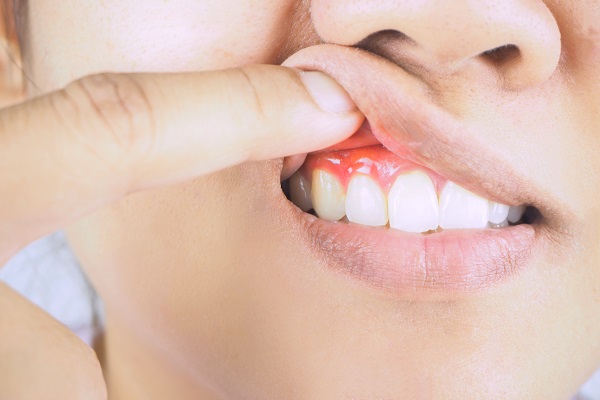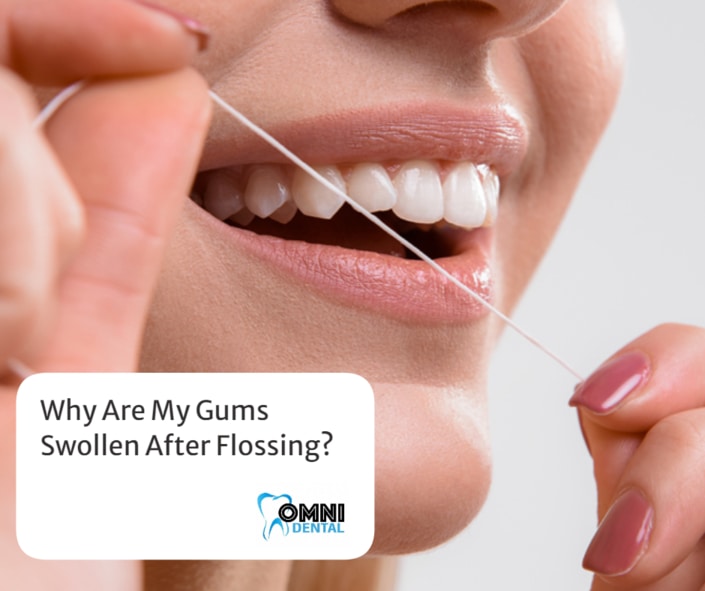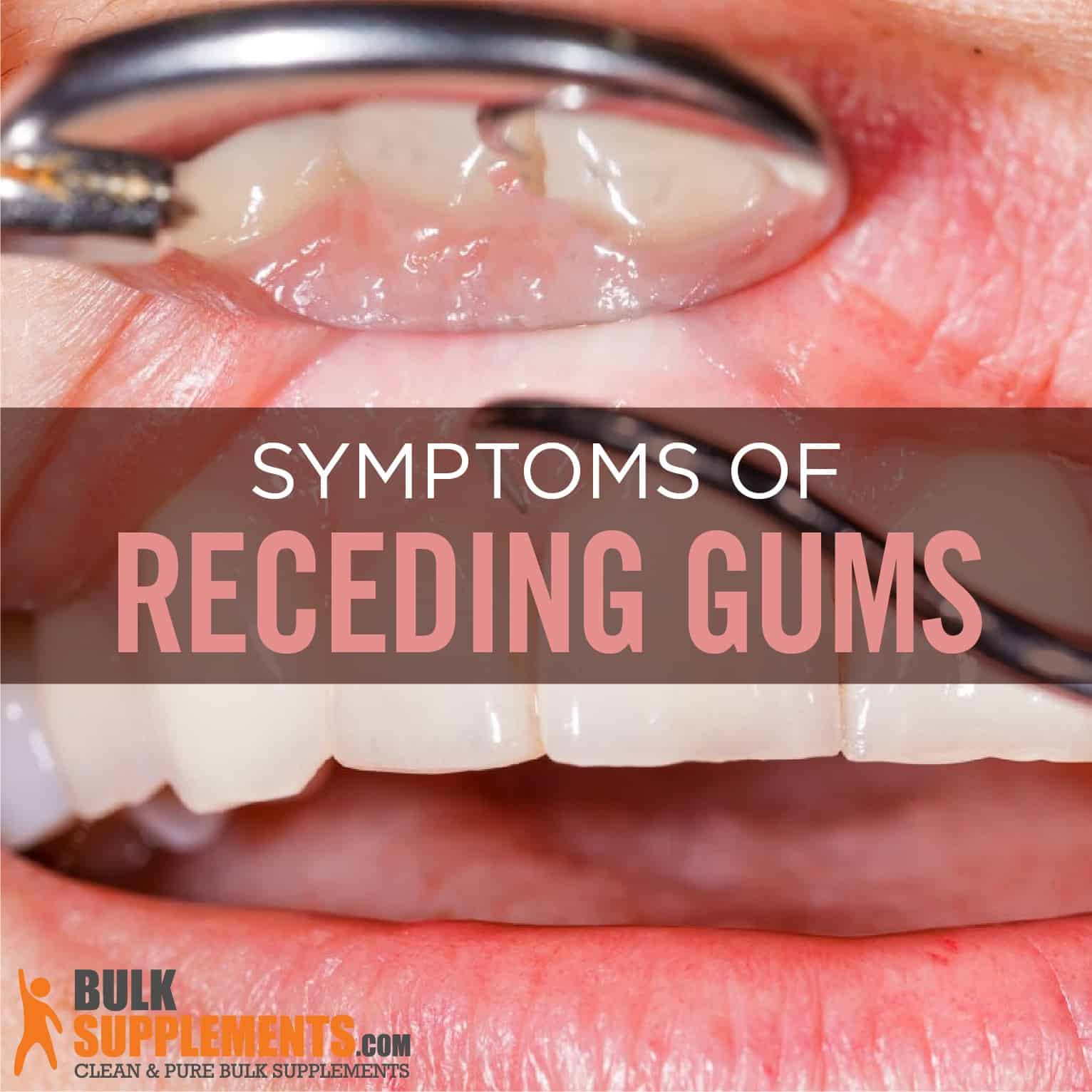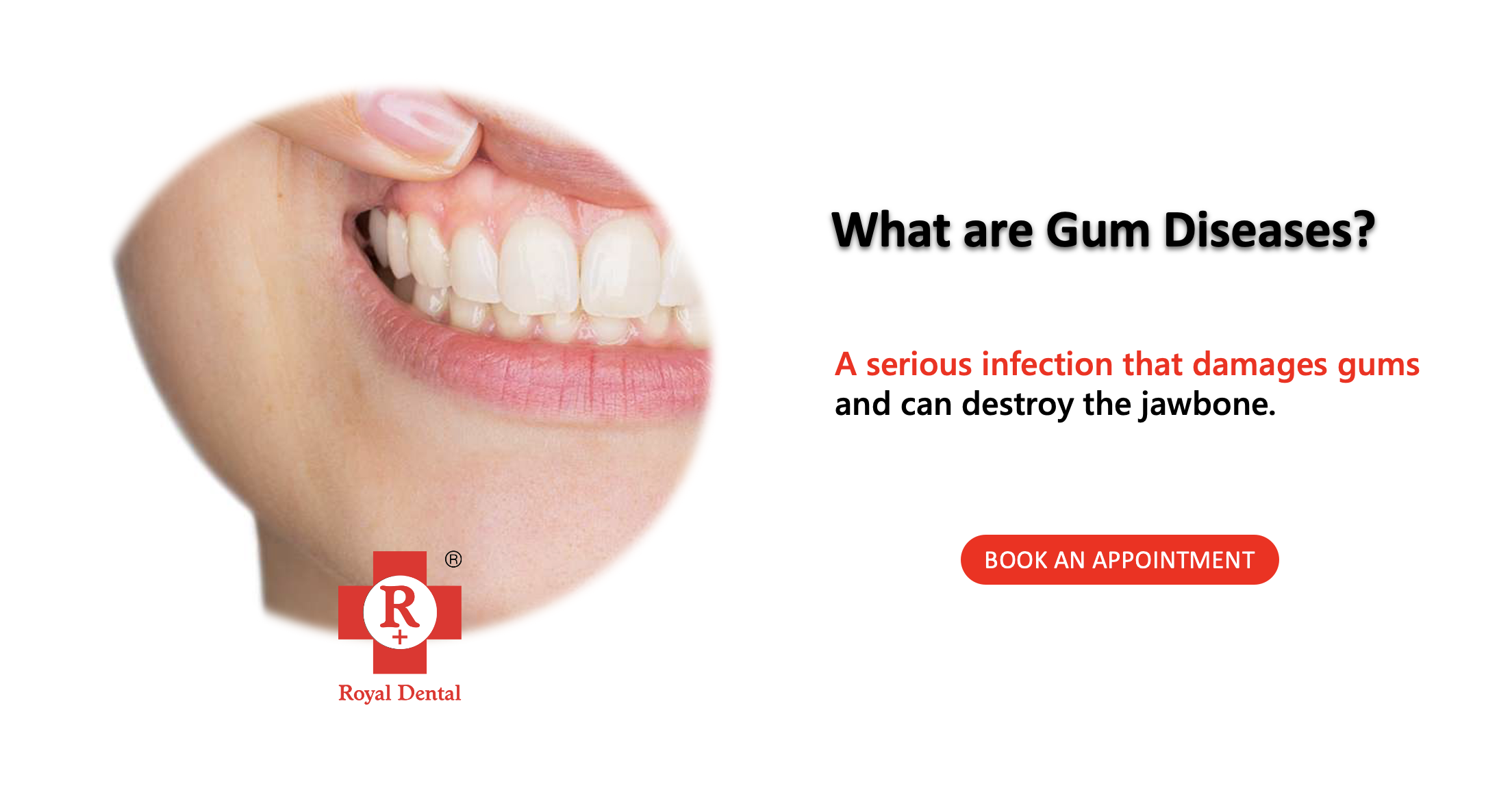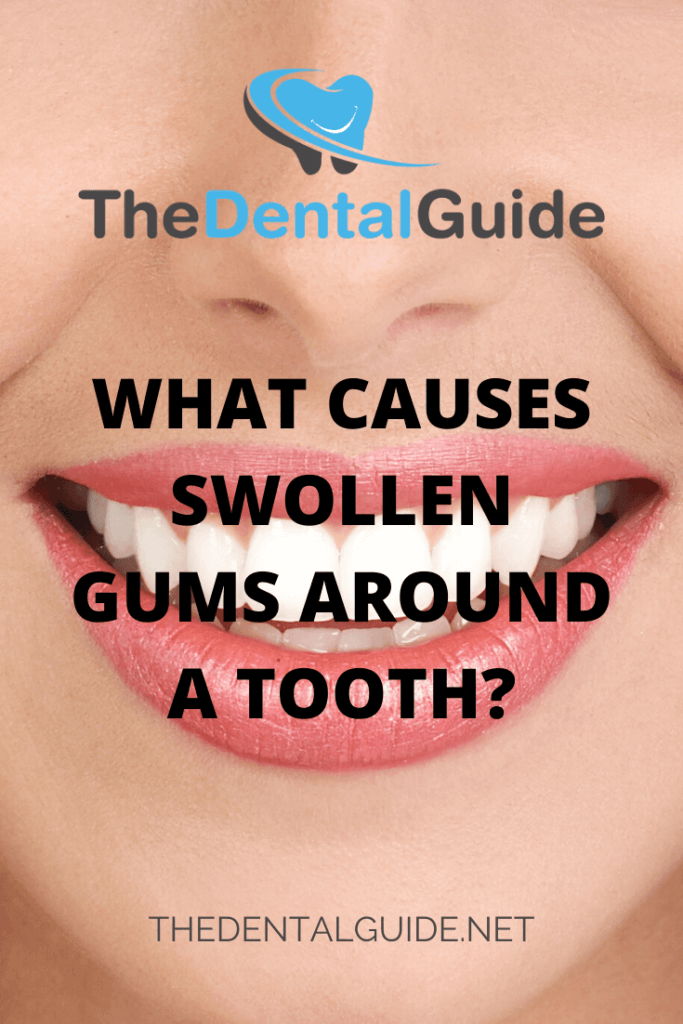Why Does Gum Dissolve In My Mouth

Urgent health alert: That seemingly endless chew might have a shorter lifespan than you think. Millions are reporting gum disappearing mid-chew, raising questions about its safety and composition.
This article breaks down the science behind this disappearing act, explaining the complex interaction between saliva, temperature, and gum ingredients that leads to its eventual disintegration, and what consumers should know.
The Culprit: A Breakdown of Ingredients
Chewing gum isn't just a rubbery base. It's a carefully engineered concoction of elastomers, resins, softeners, sweeteners, and flavorings. The base, often a synthetic rubber, provides the chewiness.
Elastomers are the insoluble components that maintain the gum's structure initially. Resins add binding power and flexibility.
However, the other ingredients are where the dissolving action begins.
Saliva: The Silent Dissolver
Saliva, often overlooked, plays a crucial role. It's primarily water, but it also contains enzymes like amylase. Amylase begins the digestion of starches, but more importantly, saliva acts as a solvent.
This solvent action specifically targets the sweeteners and flavorings. These are designed to dissolve and release their flavor gradually.
As these components dissolve, the gum mass begins to weaken.
The Role of Temperature
Temperature amplifies the dissolving process. The warmth of your mouth accelerates the breakdown of the gum's soluble ingredients.
Increased temperature provides more energy for the molecules to move, enhancing the dissolving process. This is why gum tends to dissolve faster when you're active or in a warm environment.
Think of it like sugar dissolving in hot coffee versus iced coffee – the heat makes the difference.
The Softeners' Disappearance
Softeners, like vegetable oils or glycerin, keep the gum pliable. These also dissolve over time, contributing to the overall breakdown.
As these softeners leach out, the gum becomes more brittle. This is a critical stage where the feeling of the gum changes noticeably.
The pleasant chew gradually turns into a less appealing, rubbery residue.
Who Is Affected?
This phenomenon affects virtually everyone who chews gum. There are no specific demographics that are more susceptible.
The rate of dissolving may vary slightly depending on individual saliva composition and chewing habits. However, the underlying principle remains the same.
Everyone experiences the eventual dissolving of gum due to this natural breakdown.
Is It Safe? Addressing Concerns
Generally, the dissolving of gum is considered safe. The ingredients are food-grade and approved for consumption in small amounts.
However, some artificial sweeteners like aspartame have been subjects of debate. Individuals with sensitivities should be mindful of ingredient lists.
If excessive swallowing of dissolved gum occurs, it could potentially cause mild gastrointestinal discomfort. But, in most cases, it's harmless.
When Does Dissolving Happen?
The timeframe varies drastically. It depends on factors like gum composition, chewing frequency, and individual saliva production.
Some gums might noticeably shrink within 15-20 minutes. Others can last for an hour or more.
There is no exact time frame; it's a dynamic process.
Where Is This Happening?
This phenomenon is universal. It occurs anywhere people chew gum, regardless of geographic location.
The basic principles of saliva, temperature, and ingredient interaction are consistent globally. The dissolving process is inherent in the nature of chewing gum.
Whether you're in New York, Tokyo, or London, the gum's fate is ultimately the same.
How Can You Mitigate Dissolving?
Unfortunately, completely preventing gum from dissolving is impossible. The process is inherent to its composition.
Choosing gums with higher elastomer content may prolong the chewiness slightly. Minimizing prolonged exposure to saliva (e.g., taking breaks from chewing) could also help.
However, the inevitable breakdown will always occur.
Next Steps: Ongoing Research
While the basic science is understood, researchers are continuously exploring ways to improve gum formulations. The aim is to prolong flavor release and maintain texture.
Some companies are experimenting with novel polymers and encapsulation techniques. This aims to create a more durable and long-lasting chewing experience.
Stay tuned for future developments in the ever-evolving world of chewing gum technology.

